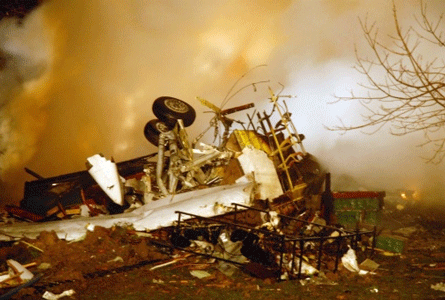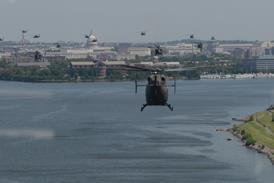Singapore Airlines (SIA) is suing several former cockpit crew in various international courts for allegedly failing to meet the cost of their flight training before leaving the company.
The airline, in what is being viewed as an important precedent, is understood to be pursuing at least six ex-employees through the courts in Australia, the UK and the USA. SIA pilots who are contemplating resigning, but face having to pay hefty outstanding bonds are following the lawsuits with interest.
SIA will not comment on pending cases, but confirms that it "-has instituted legal action against these pilots for breaching their contracts of employment".
The cases being brought hinge on whether the bonds and contracts signed are legally enforceable. Some pilots have complained that the contracts are too one-sided and that training costs are excessively high. Others, however, claim that the bonds serve as a deterrent to stop people taking advantage of the system and quitting before the airline can recoup its training outlay.
Those most affected are first officers who join SIA as cadets and complete some 200h of ab initio training through to getting an instrument-rated commercial pilot's licence. This is followed by another 40h of advanced training on a Bombardier Learjet 31A, before conversion on to a widebody passenger jet aircraft. Pilots accumulate bonds in excess of $300,000, which are progressively reduced over seven years of service.
Expatriate pilots joining the company and requiring Boeing 747-400 or Airbus A310 type conversions are also bonded up to $150,000, which is reduced by $30,000 a year over a five-year period. To cover the bond partially, pilots are required to deposit a $60,000 guarantee, which the bank can only release with the airline's approval. If a pilot leaves before the five years is up, a pro-rated amount can be taken from this account.
SIA is required to train and employ a large number of foreign pilots to crew its fleet of 82 aircraft, because of Singapore's comparatively small indigenous population. Of around 1,300 pilots employed by the airline, some 25% are ex-patriots and another 25% are foreigners working on local terms.
Source: Flight International























